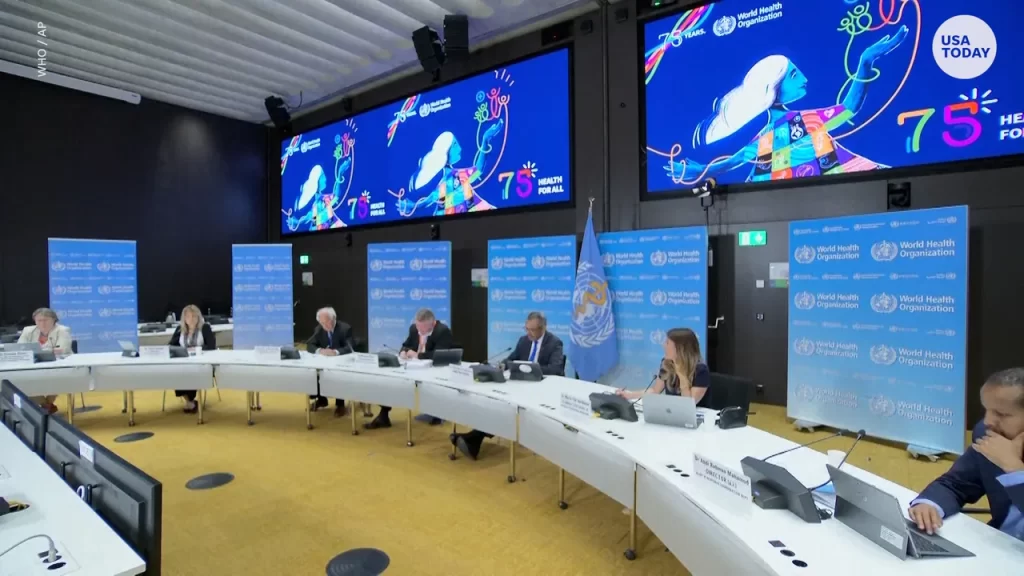WHO Announces an End to COVID Global Health Emergency
After three years of combating the COVID-19 pandemic, the World Health Organization (WHO) has declared that the virus no longer poses a global health emergency. This achievement represents an important step in the ongoing fight against the pandemic. COVID-19 continues to pose a hazard, particularly to vulnerable populations, despite the fact that the public health emergency status has been lifted. This article will examine the specifics of WHO’s announcement and the ongoing need for vigilance against the virus.
WHO Director-General Tedros Adhanom Ghebreyesus took to Twitter to declare that the organization’s COVID emergency committee had recommended “an end to the international public health emergency of concern.” This recommendation was accepted, signaling a significant turning point in the global response to the pandemic. This declaration reflects the progress made in the fight against the virus as well as the collective efforts of governments, healthcare professionals, and communities around the world.

The significant decline in the COVID mortality rate is one of the primary reasons for the declaration. The number of weekly fatalities attributed to COVID-19 has decreased from a peak of over 100,000 per week in January 2021 to just over 3,500 in the week preceding April 24th, 2023, according to WHO data. This decline demonstrates the efficacy of vaccination campaigns, enhanced treatments, and preventive measures in reducing the virus’s impact.
Despite the fact that the end of the public health emergency is a positive development, it is essential to recognize that COVID-19 remains a threat. Certain populations, including the elderly and the immunocompromised, continue to be at a higher risk for severe illness or complications. Consequently, it is crucial to maintain vigilance in protecting these vulnerable groups and to continue efforts to contain the virus’s spread.
Preventive Measures and Vaccination Maintenance
It is essential to maintain preventive measures such as respirator use, hand hygiene, and social isolation to ensure continued progress in controlling COVID-19. Together with extensive vaccination, these measures constitute a formidable defense against the virus. Vaccination campaigns should continue to prioritize reaching those who have not yet received their doses, especially in regions with limited vaccine accessibility.
As the status of a public health emergency is lifted, societies must adjust to a new norm. This includes incorporating the pandemic’s lessons into future preparedness and response efforts. Governments, healthcare systems, and communities should prioritize the well-being of all individuals, maintain a robust healthcare infrastructure, and enhance surveillance capabilities.
The end of the global health emergency caused by COVID-19, as declared by the WHO, is a significant milestone in the struggle against the pandemic. It reflects the progress made in minimizing mortality rates and mitigating the virus’s effects. However, it is essential to maintain vigilance and caution, as COVID-19 remains a menace, particularly to vulnerable populations. By sustaining preventive measures, prioritizing vaccination, and adjusting to a new normal, we can successfully navigate the post-emergency period and work toward a healthier and more resilient future.



